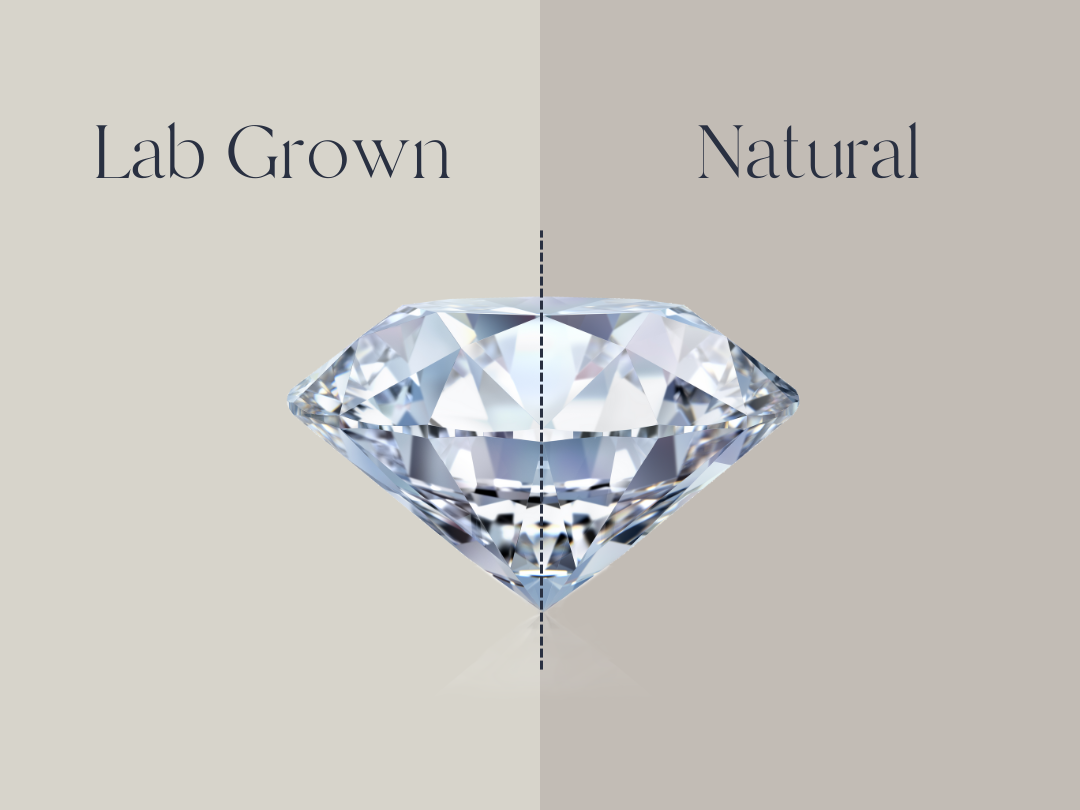The Buzz on Lab Grown Diamonds
The Facts About Lab Grown Diamonds Uncovered
Table of ContentsThe Definitive Guide for Lab Grown DiamondsThe Best Guide To Lab Grown DiamondsThe Ultimate Guide To Lab Grown DiamondsGetting The Lab Grown Diamonds To Work
As you travel closer to the Earth's core, pressure and temperature rise, which produces the excellent oven for carbon to be transformed right into ruby (diamonds are the only gemstone to be made from totally one component). Through a huge volcanic eruption, these diamonds were carried to the Planet's surface area. It's approximated this process was relatively fast (probably over the course of several hours), which enabled the diamonds to remain intact without melting.The brief answer: carat weights measure the mass of rocks, karats measure the pureness of gold. Carat weight: 1 carat weight amounts to 0.2 grams, about the weight of a paperclip (next time you see an image of Mariah Carey's 35 carat involvement ring, simply visualize the problem of carrying 35 paper clips around your finger on a daily basis).

Here are some of the vital advantages of laboratory expanded rubies and laboratory grown ruby jewellery:.
4 Simple Techniques For Lab Grown Diamonds
In other words, all-natural or earth-mined rubies are crafted over countless years under the Earth's crust from pure carbon incorporated with stress and heat. Creating diamonds in a laboratory needs the same process, just fine-tuned to occur over a much smaller time frame in a a lot more controlled setting.
Whereas earth-mined rubies are rare and limited and often tend to boost in rate in time, lab rubies are easily available. As need increases, laboratories can continue to produce lab rubies meaning they are not limited or scarce compared to natural rubies. If you have an interest in fine precious jewelry from a financial investment standpoint, like lab-grown ruby rings, they won't be an excellent suitable for your demands.
They might believe that the disadvantages of lab-grown diamonds surpass the pros. Some could say that, for this reason, buying a lab-made diamond also comes with its ethical considerations, as doing so takes revenue away from those involved in the natural diamond sector who may require it most.
Typical rubies count on the Planet's conditions to identify their high quality or lack thereof. In a lab, producers can directly regulate a ruby's quality.
Not known Details About Lab Grown Diamonds
You can easily find tinted, click for more synthetic rubies on the (fairly) cheap side in addition to certain cuts click reference that would be pricier if you were going shopping for a mined ruby only. As stated, not every insurance plan will certainly protect your lab-grown diamond but that hardly indicates it isn't worth safeguarding. Our detailed protection shields you under different unfortunate scenarios, from mysterious loss to burglary.
natural rubies is that the latter is mined from all-natural deposits in the Planet while the previous is made in a lab utilizing regulated settings. Their quality is mainly the exact same. While the distinction in between lab-grown and all-natural diamond choices are minimal when it pertains to top quality, some of the drawbacks of lab-grown diamonds consist of the fact that the rock will diminish in time and, to some, an absence of nostalgic worth that's commonly related to mined rubies
This cost distinction can be associated to the streamlined manufacturing procedure and the avoidance of expenses connected with typical mining. The Controlled Atmosphere in Which Laboratory Grown Diamonds Are Developed Allows for Regular Quality.
Convenience in Style - Lab Grown Read Full Report Diamonds Deal Designers and Customers a Versatile Palette to Produce One-of-a-kind and Innovative Fashion Jewelry Layouts. the Controlled Growth Process Permits The Manufacturing of Diamonds in Different Sizes And Shapes. Laboratory Diamond Bands are one of the most Famous Amongst Lab Ruby Jewelry. Lab Rubies Typically Include An Even More Transparent Supply Chain.
Some Known Facts About Lab Grown Diamonds.
Market Understanding - Regardless Of Their Identical Physical Properties, Laboratory Diamonds May Face Challenges in Market Assumption. Some Customers Still Perceive Natural Diamonds as Having Greater Worth and Stature. The Manufacturing of Lab-Grown Diamonds Can Be Energy-Intensive, Specifically in Approaches Like High Pressure High Temperature level (hpht) and Chemical Vapor Deposition (cvd).
All-natural Diamonds Are Formed Over Countless Years Deep Within the Planet, Adding To Their Regarded Rarity. Lab-Grown Diamonds, Regardless Of Their The Same Quality, Might Not Carry the Same Rarity Variable, Influencing Their Viewed Value for Some Consumers. Impact on Diamond-Dependent Economies - the Shift In The Direction Of Lab Grown Diamonds Might Have Economic Effects for Countries and Communities that Depend on The Ruby Mining Sector.

Ans. Lab Rubies Are of Equal Quality to Natural Diamonds in Terms of Firmness, Radiance, and Quality. the Quality of A Diamond, Whether Lab-Grown or Mined, Is Determined by Its Cut, Color, Clarity, and Carat Weight. Ans. Yes, Laboratory Diamonds Sparkle Much Like Natural Diamonds. Their Luster and Sparkle Are a Result of Their Cut and The Way Light Interacts with Their Elements. Ans.